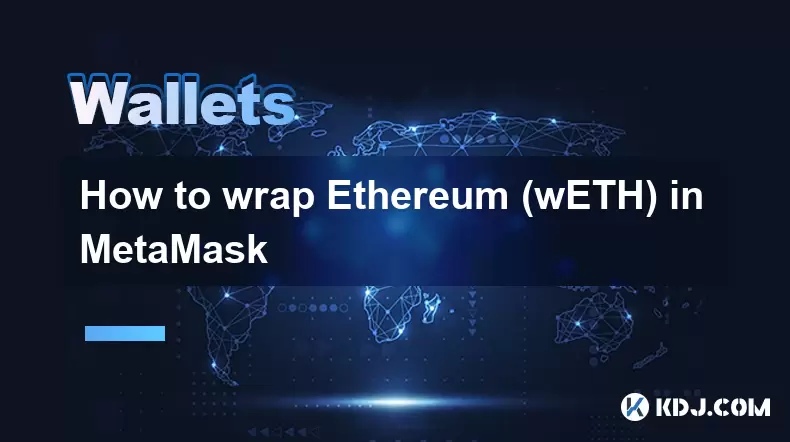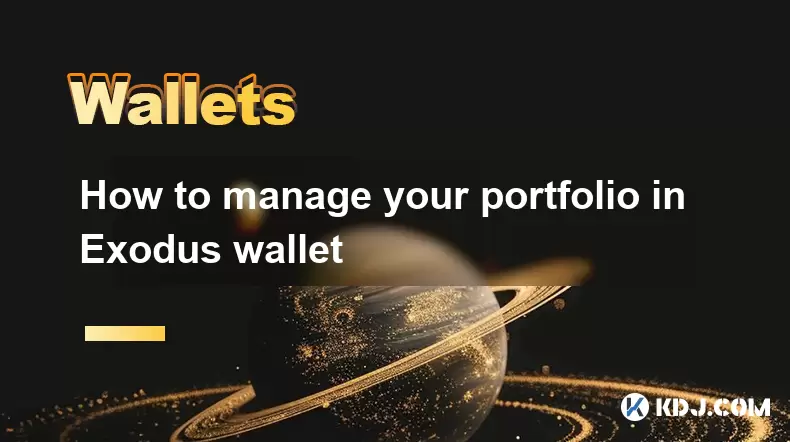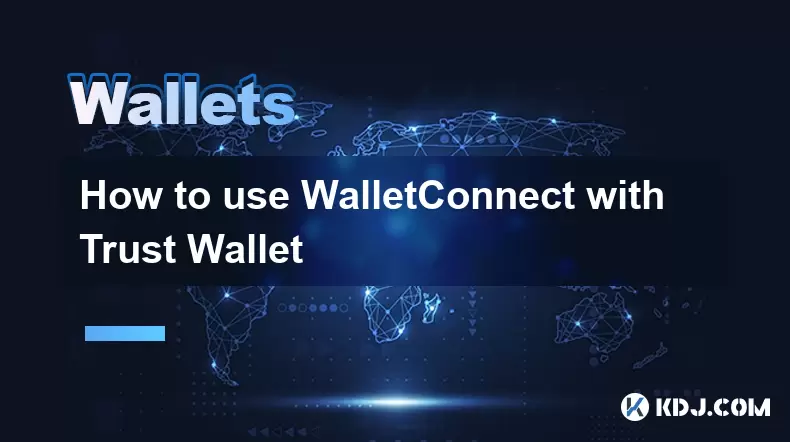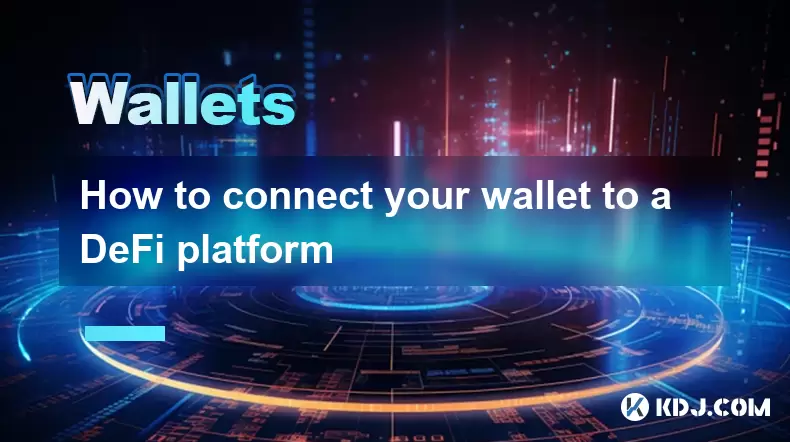-
 Bitcoin
Bitcoin $117700
-1.00% -
 Ethereum
Ethereum $4458
-3.91% -
 XRP
XRP $3.119
0.14% -
 Tether USDt
Tether USDt $1.001
-0.02% -
 BNB
BNB $836.6
-1.56% -
 Solana
Solana $189.5
-3.90% -
 USDC
USDC $0.9998
-0.02% -
 Dogecoin
Dogecoin $0.2335
1.29% -
 Cardano
Cardano $0.9642
1.51% -
 TRON
TRON $0.3539
-1.19% -
 Hyperliquid
Hyperliquid $47.41
-1.84% -
 Chainlink
Chainlink $21.92
-3.28% -
 Stellar
Stellar $0.4286
-0.23% -
 Sui
Sui $3.724
-3.29% -
 Bitcoin Cash
Bitcoin Cash $594.8
-0.78% -
 Ethena USDe
Ethena USDe $1.001
0.04% -
 Hedera
Hedera $0.2501
-2.06% -
 Avalanche
Avalanche $23.96
-4.87% -
 Litecoin
Litecoin $119.0
-2.32% -
 Toncoin
Toncoin $3.473
0.82% -
 UNUS SED LEO
UNUS SED LEO $9.596
0.17% -
 Shiba Inu
Shiba Inu $0.00001301
-0.39% -
 Uniswap
Uniswap $11.03
-0.25% -
 Polkadot
Polkadot $3.935
-2.62% -
 Dai
Dai $1.000
0.01% -
 Bitget Token
Bitget Token $4.564
-1.76% -
 Cronos
Cronos $0.1512
-4.11% -
 Ethena
Ethena $0.7306
-1.09% -
 Pepe
Pepe $0.00001087
-2.68% -
 Aave
Aave $300.2
-4.00%
How to restore an accidentally deleted Exodus wallet? Do I need a mnemonic phrase?
To restore your deleted Exodus wallet, use your mnemonic phrase: download Exodus, select "Restore Wallet," enter the phrase, set a new password, and verify your funds.
May 11, 2025 at 02:29 am

Restoring an accidentally deleted Exodus wallet can be a stressful experience, but with the right information and steps, you can recover your funds safely. The process involves using your mnemonic phrase, which is crucial for accessing your wallet and its contents. In this article, we will guide you through the steps to restore your Exodus wallet, explain the importance of the mnemonic phrase, and provide additional tips to ensure your cryptocurrency remains secure.
Understanding the Mnemonic Phrase
The mnemonic phrase, also known as a seed phrase or recovery phrase, is a series of words generated when you first set up your Exodus wallet. This phrase is essential for restoring your wallet because it contains the information needed to regenerate your private keys. Without it, restoring your wallet becomes nearly impossible.
- When you create an Exodus wallet, you are prompted to write down the mnemonic phrase and keep it in a safe place. This phrase is your backup and should never be shared with anyone.
- The mnemonic phrase typically consists of 12 or 24 words, depending on the wallet's settings. Each word is chosen from a standardized list, ensuring that the phrase can be used to restore your wallet on any compatible device.
Steps to Restore Your Exodus Wallet
If you have accidentally deleted your Exodus wallet, follow these steps to restore it using your mnemonic phrase:
- Download and Install Exodus: First, ensure you have the latest version of Exodus installed on your device. You can download it from the official Exodus website.
- Launch Exodus: Open the Exodus application on your device.
- Select Restore Wallet: On the welcome screen, you will see an option to "Restore Wallet." Click on this option.
- Enter Your Mnemonic Phrase: You will be prompted to enter your mnemonic phrase. Carefully type in each word in the correct order. If you have a 12-word phrase, enter all 12 words; if it's a 24-word phrase, enter all 24 words.
- Choose a Strong Password: After entering your mnemonic phrase, you will be asked to set a new password for your wallet. Choose a strong, unique password and confirm it.
- Complete the Restoration: Once you have entered your mnemonic phrase and set a new password, Exodus will restore your wallet. This process may take a few moments, depending on the number of transactions and the speed of your device.
Verifying Your Restored Wallet
After restoring your wallet, it's important to verify that all your funds and transactions are correctly displayed. Here's how you can do it:
- Check Your Balances: Navigate to the wallet's main screen and check the balances of all your cryptocurrencies. Ensure that the amounts match what you had before the wallet was deleted.
- Review Transaction History: Go to the transaction history for each cryptocurrency and review the list of transactions. Make sure all your past transactions are listed and that there are no discrepancies.
- Test a Small Transaction: To further confirm that your wallet is functioning correctly, consider sending a small amount of cryptocurrency to another wallet. This will help you verify that you can send and receive funds without issues.
Importance of Keeping Your Mnemonic Phrase Secure
The security of your mnemonic phrase is paramount. If someone gains access to your mnemonic phrase, they can restore your wallet and steal your funds. Here are some tips to keep your mnemonic phrase secure:
- Store It Offline: Write down your mnemonic phrase on a piece of paper and store it in a secure location, such as a safe or a locked drawer. Avoid storing it digitally, as digital storage can be vulnerable to hacking.
- Use a Hardware Wallet: Consider using a hardware wallet like Ledger or Trezor to store your mnemonic phrase. These devices are designed to keep your private keys and mnemonic phrases secure.
- Avoid Sharing: Never share your mnemonic phrase with anyone, including customer support or friends. No legitimate service will ever ask for your mnemonic phrase.
What to Do If You Lose Your Mnemonic Phrase
Losing your mnemonic phrase can be devastating, as it means you may lose access to your funds permanently. However, there are a few steps you can take if you find yourself in this situation:
- Check All Possible Locations: Thoroughly search all places where you might have stored your mnemonic phrase, including notebooks, safes, and digital backups.
- Contact Exodus Support: Reach out to Exodus customer support for guidance. While they cannot restore your wallet without the mnemonic phrase, they may offer additional advice or resources.
- Consider Professional Recovery Services: There are professional services that specialize in cryptocurrency recovery. Be cautious, as these services can be expensive and may not guarantee success.
Additional Tips for Wallet Security
Beyond securing your mnemonic phrase, there are other steps you can take to enhance the security of your Exodus wallet:
- Enable Two-Factor Authentication (2FA): Exodus supports 2FA, which adds an extra layer of security to your wallet. Enable this feature to protect your wallet from unauthorized access.
- Regularly Update Your Software: Keep your Exodus wallet and your device's operating system up to date. Software updates often include security patches that can protect against new threats.
- Use Strong Passwords: Always use strong, unique passwords for your wallet and any associated accounts. Avoid using easily guessable passwords like "password123" or "123456."
Frequently Asked Questions
Q: Can I restore my Exodus wallet without the mnemonic phrase?
A: No, you cannot restore your Exodus wallet without the mnemonic phrase. The mnemonic phrase is essential for regenerating your private keys and accessing your funds.
Q: Is it safe to store my mnemonic phrase on my computer?
A: It is not recommended to store your mnemonic phrase on your computer or any digital device. Digital storage is vulnerable to hacking and malware, which could compromise your mnemonic phrase and lead to the theft of your funds.
Q: What should I do if I suspect my mnemonic phrase has been compromised?
A: If you suspect that your mnemonic phrase has been compromised, immediately transfer your funds to a new wallet with a new mnemonic phrase. Change all associated passwords and consider using a hardware wallet for added security.
Q: Can I use the same mnemonic phrase for multiple wallets?
A: While it is technically possible to use the same mnemonic phrase for multiple wallets, it is not recommended. Using the same mnemonic phrase increases the risk of losing all your funds if the phrase is compromised. It's best to use a unique mnemonic phrase for each wallet.
Disclaimer:info@kdj.com
The information provided is not trading advice. kdj.com does not assume any responsibility for any investments made based on the information provided in this article. Cryptocurrencies are highly volatile and it is highly recommended that you invest with caution after thorough research!
If you believe that the content used on this website infringes your copyright, please contact us immediately (info@kdj.com) and we will delete it promptly.
- Kazakhstan's Crypto Leap: Bitcoin ETF and Central Asia's Digital Finance Future
- 2025-08-13 12:45:19
- BlockDAG Presale Blazes Past $371M: Fundraising Frenzy Fuels Crypto Sensation
- 2025-08-13 13:05:21
- Meme Coins: Chasing the 2025 Surge – Which Will Moonshot?
- 2025-08-13 10:25:23
- Bitcoin's Wild Ride: Rally, Pullback, and What's Next
- 2025-08-13 10:25:23
- Bitcoin, Bitmax, and Institutional Demand: A New Era of Crypto Investment
- 2025-08-13 10:45:12
- Solana, ROAM, and Airdrops: What's the Buzz in 2025?
- 2025-08-13 11:35:13
Related knowledge

How to wrap Ethereum (wETH) in MetaMask
Aug 13,2025 at 11:36am
Understanding Wrapped Ethereum (wETH)Wrapped Ethereum (wETH) is a tokenized version of native Ethereum (ETH) that conforms to the ERC-20 standard, ena...

How to manage your portfolio in Exodus wallet
Aug 08,2025 at 10:07pm
Understanding the Exodus Wallet InterfaceThe Exodus wallet is a non-custodial cryptocurrency wallet that supports a wide range of digital assets. When...

How to manage your portfolio in Exodus wallet
Aug 13,2025 at 11:35am
Understanding the Exodus Wallet InterfaceThe Exodus wallet is a non-custodial cryptocurrency wallet that supports a wide range of digital assets. Upon...

How to reset your MetaMask password
Aug 08,2025 at 01:28pm
Understanding the MetaMask Password Reset ProcessMany users confuse the MetaMask password with the seed phrase or private key, but they serve differen...

How to use WalletConnect with Trust Wallet
Aug 13,2025 at 01:07am
What Is WalletConnect and Why It Matters for Trust Wallet UsersWalletConnect is an open-source protocol that enables secure communication between dece...

How to connect your wallet to a DeFi platform
Aug 13,2025 at 11:36am
Understanding Wallet Compatibility with DeFi PlatformsBefore connecting your wallet to any DeFi platform, it's essential to ensure your wallet is comp...

How to wrap Ethereum (wETH) in MetaMask
Aug 13,2025 at 11:36am
Understanding Wrapped Ethereum (wETH)Wrapped Ethereum (wETH) is a tokenized version of native Ethereum (ETH) that conforms to the ERC-20 standard, ena...

How to manage your portfolio in Exodus wallet
Aug 08,2025 at 10:07pm
Understanding the Exodus Wallet InterfaceThe Exodus wallet is a non-custodial cryptocurrency wallet that supports a wide range of digital assets. When...

How to manage your portfolio in Exodus wallet
Aug 13,2025 at 11:35am
Understanding the Exodus Wallet InterfaceThe Exodus wallet is a non-custodial cryptocurrency wallet that supports a wide range of digital assets. Upon...

How to reset your MetaMask password
Aug 08,2025 at 01:28pm
Understanding the MetaMask Password Reset ProcessMany users confuse the MetaMask password with the seed phrase or private key, but they serve differen...

How to use WalletConnect with Trust Wallet
Aug 13,2025 at 01:07am
What Is WalletConnect and Why It Matters for Trust Wallet UsersWalletConnect is an open-source protocol that enables secure communication between dece...

How to connect your wallet to a DeFi platform
Aug 13,2025 at 11:36am
Understanding Wallet Compatibility with DeFi PlatformsBefore connecting your wallet to any DeFi platform, it's essential to ensure your wallet is comp...
See all articles

























































































